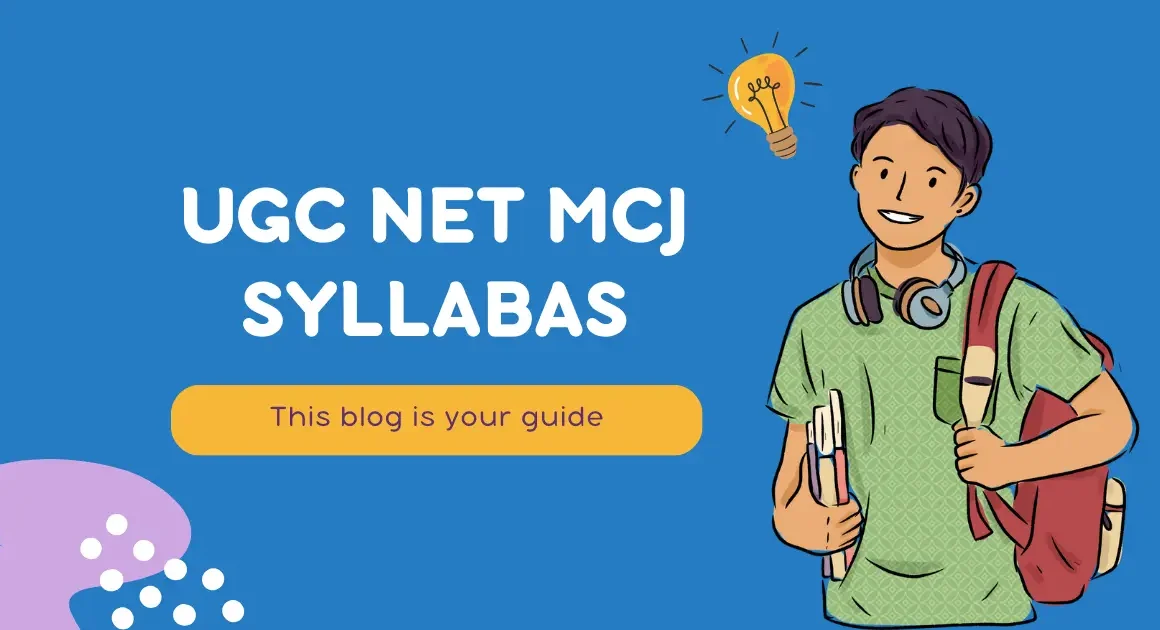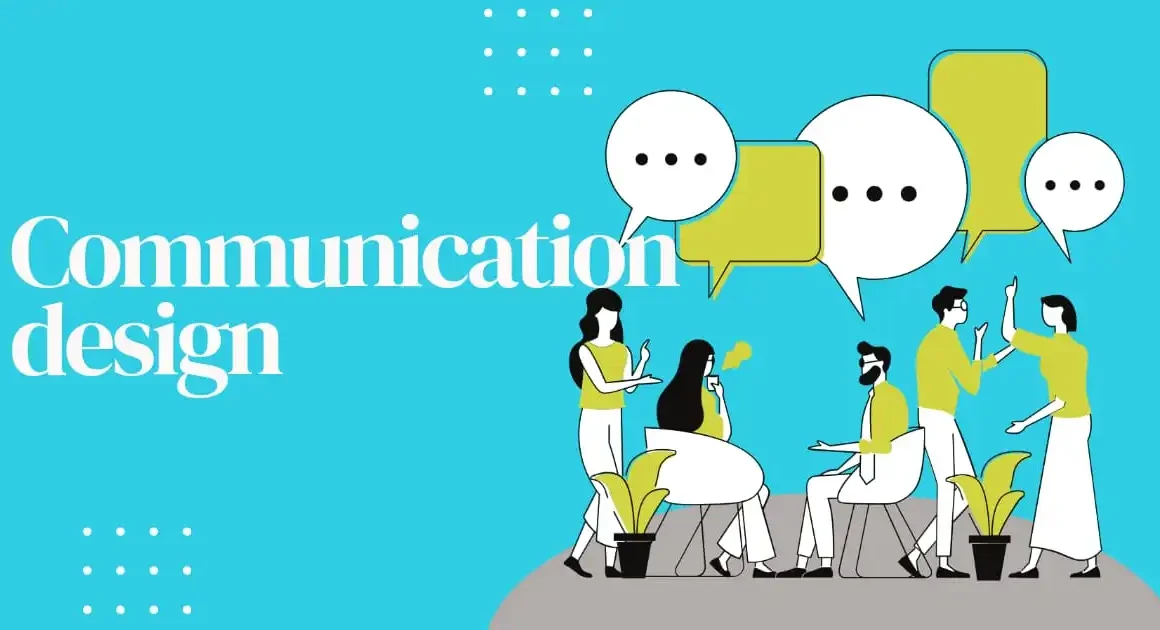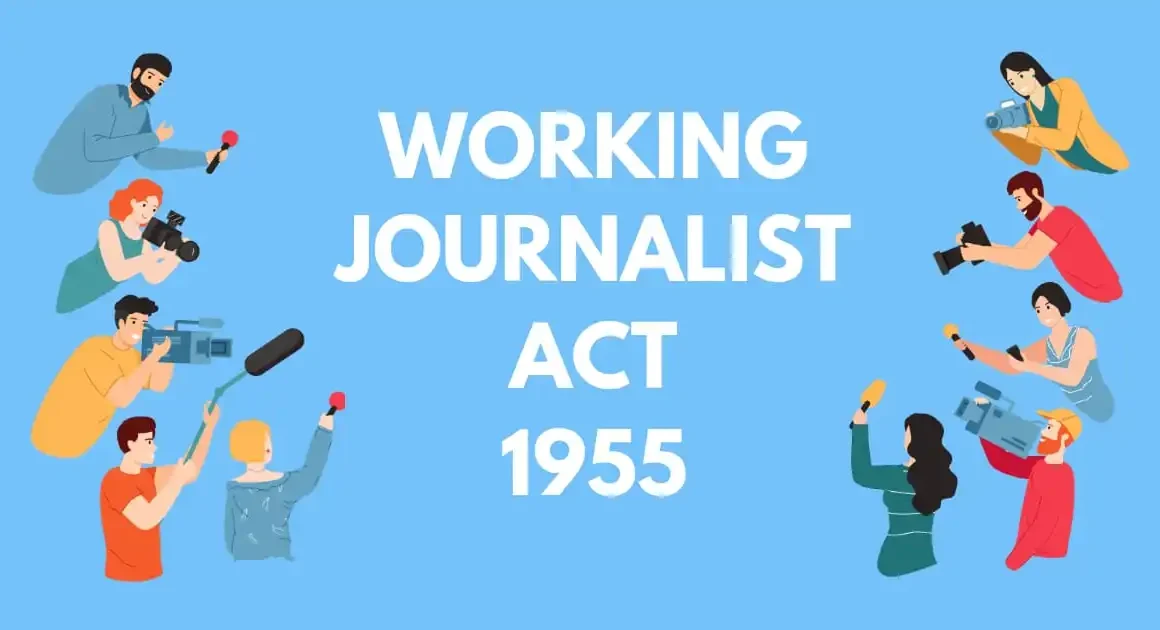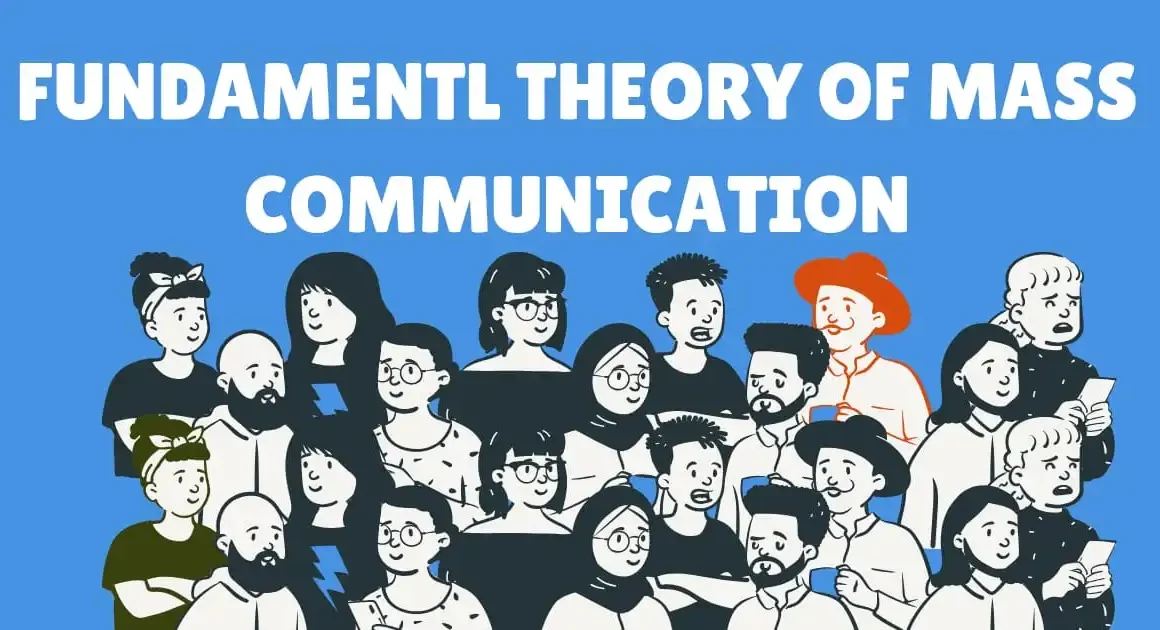The University Grants Commission National Eligibility Test (UGC NET) for Journalism and Mass Communication (JMC) is a gateway to prestigious academic and research positions in India. Its syllabus, however, can appear as vast as the information superhighway itself, leaving many aspirants feeling lost and overwhelmed. But fear not, intrepid wordsmiths and media mavericks! This blog is your compass, navigating you through the key elements of the UGC NET JMC syllabus and providing tips to ace your exam.
Understanding the Syllabus Landscape:
The UGC NET JMC syllabus is divided into ten units, each covering a crucial area of the field. Here’s a quick overview:
Download UGC NET Mass Communication and Journalism Syllabus PDF 2023 Here
Unit 1 Introduction to journalism and mass Communication
1 concept of journalism and Mass Communication, Mass Communication in India
2. History, growth and development of print and electronic media. Major landmarks in print and electronic media in Indian languages. Media role in formulation of states of India.
3. Media criticism and media literacy, Press Council and press Commission of India, status of journalism and media education in India, media policies of the government of India since independence.
4. Model and theories of mass communication, normative theories, administrative and Critical traditions in communication, media and journalism studies, communication and theories of socio-cultural, educational and agricultural change, technological determinism, critic of Marshall McLuhan’s views on media and communication and Marxist approaches, information and knowledge societies
.
5. Indian traditions and approaches to communication from the Vedic era to the 21st century. Western and Eastern philosophical, ethical and aesthetic perceptions of communication, Aristotle and Plato, Hindu, Buddhist and Islamic tradition.
6. Media and culture Framework for understanding culture in a globalized world. Globalization with respect to politico economic and socio cultural developments in India
United 2 Communication for development and social change
1. Concept and definition of development communication, role of media and journalism in society, characteristics of Indian society, demographic and sociological impact of communication, media and journalism. Media and specific audience.
2.Development and social changes. Issues and post colonial conceptions
3. Deconstruction of the dominant paradigm of communication and development.Response and criticism of dominant models.
4.Corporation of development, corporate social responsibility, non-state actors in development, mass campaigns by NGOs, Government of India, International Agencies and Corporates. Paradigms and discourse of development communication.
5. Emergence of global civil societies, global communication system- Nation state-universal, National communication policies.
6. Leading influencers of social reform in India- Raja Ram Mohan Roy, Pandit Madan Mohan Malaviya, Bal Gangadhar Tilak, Mahatma Jyotiba, Mahatma Gandhi, Aacharya Vinoba Bhave, Dr BR Ambedkar, Deendayal Upadhyay, Dr Ram Manohar lohia.
Unit 3 Reporting and Editing
1.News concept determines structure and perspectives. Reporting for print, radio, television and digital media. Types of reporting. National and international news agencies and feature Syndicates, functions and Rolls
2.Writing for print, electronics and digital news media. Translation and transcription.
3. Editing and presentation techniques for print, television and digital media.
4. Journalism As a profession. Reportage of contemporary issues, Ethics of reporting.
5. Critic of Western news value, effect of new technology on global communication flow
6. Niche reporting
Unit 4 Advertising and Marketing Communication
1. Definition, concept, functions, types, evaluation of advertising, standards and ethics in advertising. Theories and models of communication in advertising.
2. Brand management
3.Advertising management, agency, role, structure function , client agency relationship, media planning and budgeting.
4.Advertising and creativity, language and translation.
5. Advertising campaign and marketing
6. Advertising and market research
Unit 5 public relation and corporate communication
1.Public relation and corporate communication. definition concept and scope
2.Structure of PR in state, public, private and non government sectors.
3.Tools and techniques of PR and corporate communication.
4. Crisis communication and crisis communication management.
5. Ethics of public relations
6. International Public Relations and communication audit
Unit 6 media laws and ethics
1. Concept of law and ethics in India and rest of the world
2.The constitution of India, historical evolution, relevance
3. Concept of freedom of speech and expression in Indian Constitution
4. Defamation, libel, slander IPC 499- 502, section IPC 124(a ), contempt of court Act 1971, official secrets act 1923, press and registration of books act 1867, working journalist and other newspaper employees and miscellaneous provisions act 1955, wage board, law of obscenity, the Miller test, the Hicklin test, indecent representation of women Act 1986, scheduled caste and tribes act 1989, parliamentary privileges, famous cases involving journalist and news media organizations.
5. Right to Information act 2005, copyright act 1957,intellectual property rights, cable television network Regulation Act 1995, information technology act 2000 and cyber law, cinematograph act 1952, film censorship, Press Council actors amendment from time to time, IPR, ASCI, drugs and magic remedies Act 1954, various regulatory bodies for print, TV, advertising, PR and internet
6. Rules regulations and guidelines for the media as recommended by Press Council of India, information and broadcasting ministry and other professional organization, adversary role of the media, human rights and media
Unit 7 media management and production
1. Definition, concept of media management, grammar of electronic media.
2.Communication design theories and practice.
3.Media production techniques print and electronic.
4.Digital media production techniques.
5. Economics and Commerce of mass media in India.
6. Principles and Management in the media industry post liberalization.
Unit 8 ICT and media
- ICT and media, definition, characteristics and role. Effect of computer mediated communication. Impact of ICT on mass media.
2. Social networking.
3. Economic and Commerce of web enabled media.
4. Mobile adaptation and new generation telephony by media, ethics and new media.
5. ICT education and development in India, online media and e- governance.
6.Animation concept and techniques
Unit 9 film and Visual communication
1. Film and Television theory.
2.Film and identity in Indian film studies, leading film directors of India before and after independence. Indian cinema in the 21st century.
3.Approaches to analysis of Indian television.
4.Visual communication. Visual analysis.
5. Basics of film language and aesthetics, the dominant film paradigm, evaluation of Indian cinema commercial and non commercial genres, the Hindi film song, Indian aesthetics and poetics
6. National cinema movement – Soviet Montage cinema, German expressionist cinema, Italian Neorealist cinema, French New Wave Cinema, British New Wave Cinema, Indian New Wave Cinema, period cinema, cinema in the new Millennium.
Unit 10 communication research
1. Definition, concept, constructs and approaches to communication research process.
2. Research designs -types, structure, components, classical, experimental and Quasi experiment, variables and hypothesis. Types and methods of research – basic, applied, descriptive, analytical, historical, case study, longitudinal studies.
3. Research in journalism, public relation, advertising, cinema, animation and graphics, television, internet, social media practices, magazines and children’s media. Journalism and media research in India.
4. Level of measurement- sampling, Probability and non probability, test of validity and reliability, scaling techniques. Methods and tools of Data Collection – interviews, survey, case studies, obtrusive and unobtrusive techniques, ethnography, schedule, questionnaire, diary and internet based tools, media specific methods such as exit polls, opinion polls, telephone poles, SMS survey and voting with regard to GEC.
5. Data analysis, testing, interpretation, application of statistical test – parametric and non parametric, tests of variance – univariate, bivariate and multivariate, test of significance, computer mediated research.
6.Ethical consideration in communication, media and journalism research, writing research reports, plagiarism
UGC NET Paper Pattern and Selection Criteria:
Paper Pattern:
UGC NET consists of two papers:
Paper 1 (Common for all candidates):
- Duration: 1 hour (combined for both papers)
- Total marks: 100
- Number of questions: 50
- Type of questions: Multiple Choice Questions (MCQs)
- Marking scheme: Each question carries 2 marks. No negative marking.
- Syllabus: Teaching and research aptitude, reasoning ability, comprehension, divergent thinking, and general awareness.
Paper 2 (Subject-specific):
- Duration: 2 hours (combined for both papers)
- Total marks: 200
- Number of questions: 100
- Type of questions: Multiple Choice Questions (MCQs)
- Marking scheme: Each question carries 2 marks. No negative marking.
- Syllabus: Based on the subject chosen by the candidate during registration.
Selection Criteria:
- Top 1% Criterion:
- Candidates who meet the minimum qualifying marks are further ranked based on their aggregate scores in both papers.
- The top 1% of candidates (subject-wise) are declared JRF qualified for eligibility as Research scholar
- Top 6% Criterion:
- Candidates who meet the minimum qualifying marks are further ranked based on their aggregate scores in both papers.
- The top 6% of candidates (subject-wise) are declared NET qualified for eligibility as Assistant Professor only.
Additional Points to Note:
- There’s no separate cutoff for JRF and Assistant Professor positions. The same selection criteria apply to both.
- Candidates must have a Master’s degree in the relevant subject with at least 55% marks (50% for reserved categories) to be eligible for JRF.
- The UGC NET certificate is valid for lifetime for the purpose of Assistant Professorship.




